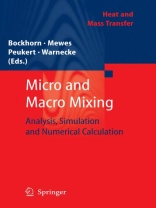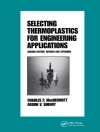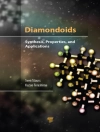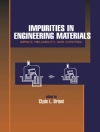The homogenization of single phase gases or liquids with chemical reactive components by mixing belongs to one of the oldest basic operations applied in chemical engineering. The mixing process is used as an essential step in nearly all processes of the chemical industry as well as the pharmaceutical and food ind- tries. Recent experimentally and theoretically based results from research work lead to a fairly good prediction of the velocity fields in differend kinds of mixers, where as predictions of simultaneously proceeding homogeneous chemical re- tions, are still not reliable in a similar way. Therefore the design of equipment for mixing processes is still derived from measurements of the so called “mixing time” which is related to the applied methods of measurement and the special – sign of the test equipment itself. The cooperation of 17 research groups was stimulated by improved modern methods for experimental research and visualization, for simulations and nume- cal calculations of mixing and chemical reactions in micro and macro scale of time and local coordinates. The research work was financed for a six years period within the recently finished Priority Program of the German Research Foundation (DFG) named “Analysis, modeling and numerical prediction of flow-mixig with and without chemical reactions (SPP 1141)”. The objective of the investigations was to improve the prediction of efficiencies and selectivities of chemical re- tions on macroscopic scale.
Tabella dei contenuti
1: Quality of Mixing.- The Variance as Measured Variable for the Evaluation of a Mixing Process or for the Comparison of Mixtures and Mixers.- Evaluating the Quality of a Mixture: Degree of Homogeneity and Scale of Segregation.- 2: Experimental Methods for Visualization and Measurements in Macro- and Micro-Scale Dimensions of Mixing.- Time-Resolved Measurement of Concentrations in Mixing Processes Using Raman Spectroscopy.- Measurements of Macro- and Micro-scale Mixing by Two-Colour Laser Induced Fluorescence.- Analysis of Macro- and Micromixing in Laminar Stirred Mixing Vessels Using Laser Optical and Numerical Methods.- Experimental Investigation of the Mixing-Process in a Jet-in-Crossflow Arrangement by Simultaneous 2d-LIF and PIV.- Characterization of Micro Mixing for Precipitation of Nanoparticles in a T-Mixer.- Mixing in Taylor-Couette Flow.- 3: Theoretical Methods for Modelling and Numerical Calculations of Mixing Processes.- Direct Numerical Simulation, Analysis and Modelling of Mixing Processes in a Round Jet in Crossflow.- Analysis of Mixing Processes in Jet Mixers Using LES under Consideration of Heat Transfer and Chemical Reaction.- Formulation and Validation of an LES Model for Ternary Mixing and Reaction Based on Joint Presumed Discrete Distributions.- Mixing Analysis and Optimization in Jet Mixer Systems by Means of Large Eddy Simulation.- Experimental Investigation of a Static Mixer for Validation of Numerical Simulations.- Simulation of Flow and Transport in a Static Mixer Using Adaptive and Higher Order Numerical Methods.- 4: Macro- and Micro-Mixing in Micro Channel Flow.- Computational Analysis of Reactive Mixing in T-Microreactors.- Experimental Analysis and Modeling of Micromixing in Microreactors.- A Numerical Approach for Simulation of Turbulent Mixing and Chemical Reaction at High Schmidt Numbers.- Theoretical and Experimental Investigations of Convective Micromixers and Microreactors for Chemical Reactions.












